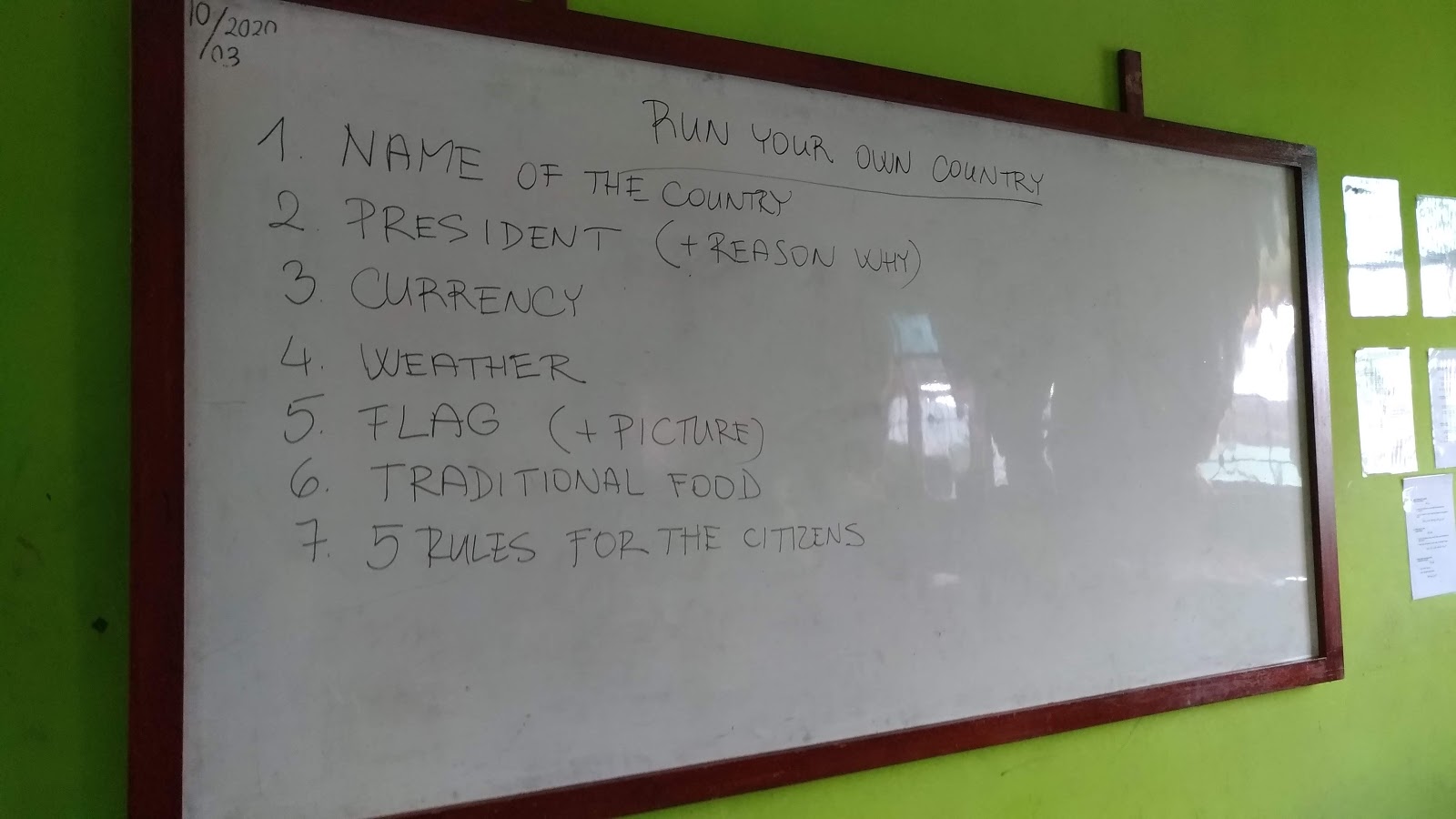
Examples are / t,s / too, sue, both voiceless, and /d, z, n, l, r/ do, zoo, nook, look, rook, all voiced. Examples are /⊖/ oath (voiceless) and /ð/ clothe (voiced).Īlveolar sounds are made by raising the tip of the tongue towards the ridge that is right behind the upper front teeth, called the alveolar ridge. Examples are /f/ safe (voiceless) and /v/ save (voiced).ĭental sounds are produced by touching the upper front teeth with the tip of the tongue. Labiodental sounds are made when the lower lip is raised towards the upper front teeth. Examples are /p/, which is voiceless, as in pay or /b/ and /m/ which are voiced, as in bay, may. īilabial sounds are produced when the lips are brought together. Place of Articulation: As we saw above /p, t, k/ are all voiceless, so there must be another way to distinguish between them, otherwise we would not be able to tell try apart from pry or cry, or pick from tick or kick. – The following ones are unvoiced: p, t, k, f, ⊖, s, ∫, h, ʧ – In English the following consonants are voiced: b, d, g, v, ð, z, ʒ, l, r, j, w, ʤ, m, n, ŋ Voicing: The only distinction between the first sounds of sue and zoo for example is that /s/ is voiceless, /z/ is voiced. If you pronounce the first sound of the word paper you close your mouth completely and that is the utmost obstruction, whereas if you pronounce the first sound of the word after the mouth is more open than normal, the air flows as freely as it possibly can. On the way out the air flow can be more or less obstructed, producing a consonant, or is simply modified, giving a vowel. List of Symbols (International Phonetics Alphabet/IPA) And sounds considered from the phonological point of view are put between slashes.ġ. Thus the word please consists of three consonants, /p, l, z/, and one vowel, /i:/. please, and the phonetic transcription between square brackets /pli:z/. The orthographic spelling of a word will be given in italics, e.g. For instance, English has not 5 or 6 but 20 different vowels, even if these vowels are all written by different combinations of 6 different letters, “a, e, i, o, u, y”. Phonetics is a descriptive tool necessary to the study of the phonological aspects of a language.Īs phonetics and phonology both deal with sounds, and as English spelling and English pronunciation are two very different things, it is important that you keep in mind that we are not interested in letters here, but in sounds.


In other words, phonetics is about sounds of language, phonology about sound systems of language.

Phonology is concerned with how sounds function in relation to each other in a language. Phonetics is concerned with how sounds are produced, transmitted and perceived (we will only look at the production of sounds). I am using a Phonology module I have written and used in my class before as an example. This is my first article using the Windows Live Writer software.


 0 kommentar(er)
0 kommentar(er)
